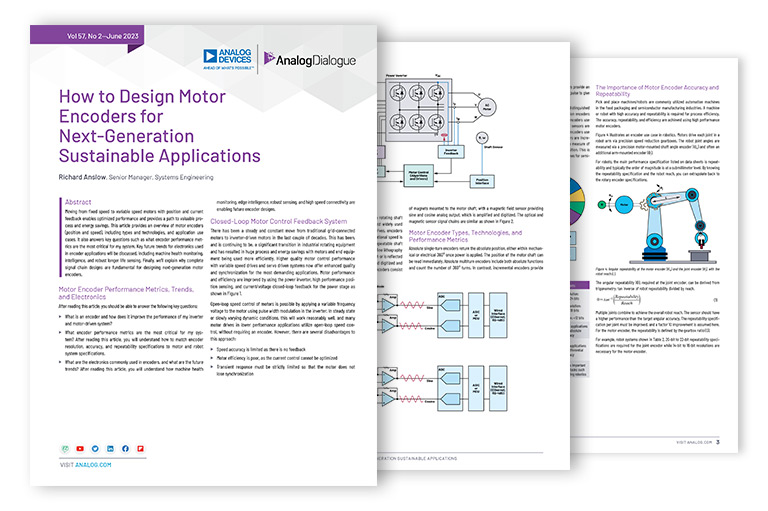
Temperature Sensing Solutions
Analog Devices’ broad portfolio of temperature sensing solutions includes a wealth of signal chains, integrated sensor-to-bits solutions, and discrete technologies to jump-start your design.
Our thermocouples are small, rugged, and inexpensive. Our cost-effective thermistors have a limited temperature range of –40°C to 150°C, are highly non-linear, and require significant signal conditioning. Accurate, stable, and having a wide temperature range, our resistant temperature detectors (RTDs) guarantee the highest accuracy. Linear, stable, and easy to use, our silicon-based temperature measurement sensors are ideal for measuring the narrower temperature range of –55°C to +150°C. Finally, our complete, integrated sensor and analog front end products provide designers a high-accuracy, reliable building block to accelerate their system design.
Value and Benefits
Interchangeable and compact, our thermocouples can measure extreme temperatures of –270°C to +1800°C, have fast response times, and do not self-heat. Ideal for low- and high-temperature applications, our thermistors are not only durable, and long-lasting, they are also accurate to approximately ±0.2°C within their specified temperature range. With an operating temperature range of –200°C to +850°C, our RTDs are highly accurate, reliable, and stable. Easy to use and precise, our digital temperature sensors and silicon sensors are a complete plug and play solution that provides digital output with excellent accuracy and no signal conditioning required.


Ideal for RTD, thermocouple, thermistor, digital, and silicon-based temperature sensors


Offers signal chain and reference design solutions to accelerate your temperature measurement design


Solutions that combine the sensor and AFE, accelerating system design
Solution Resources
Interactive Signal Chains


Hardware Products
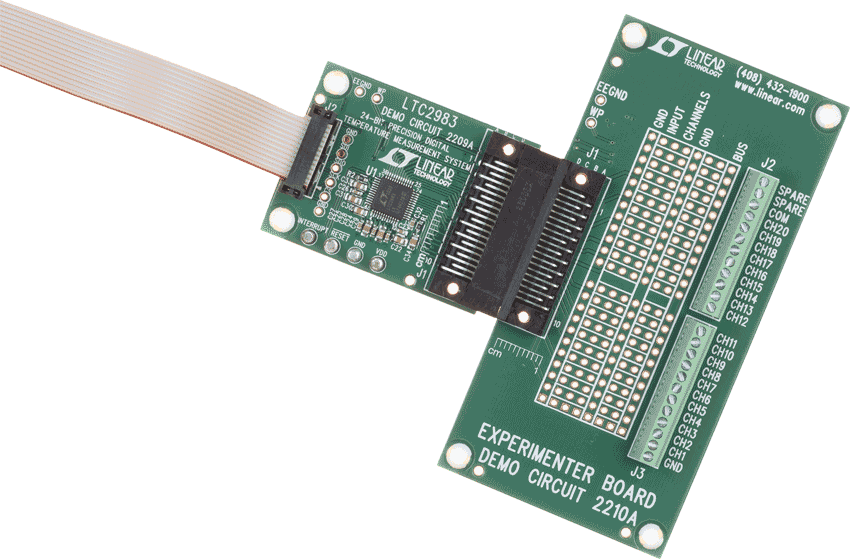
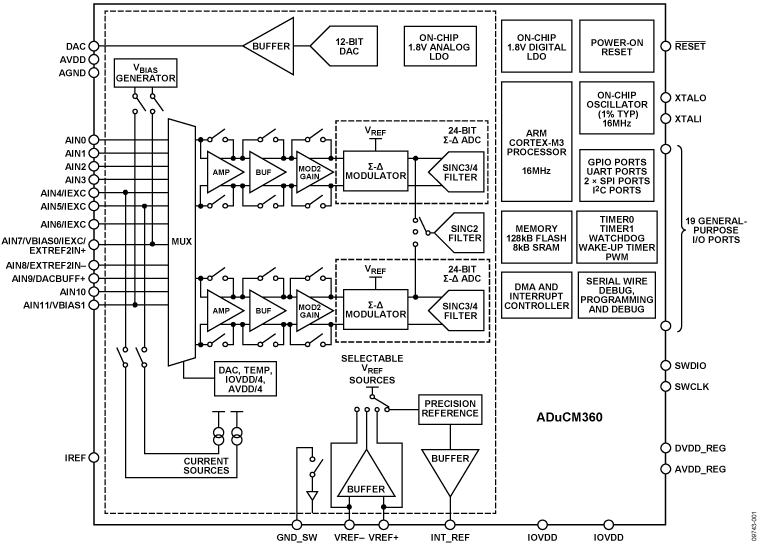

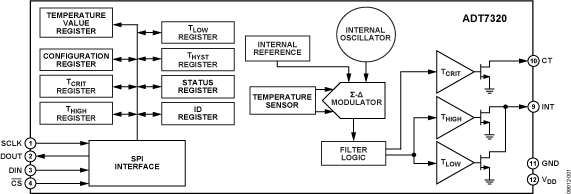
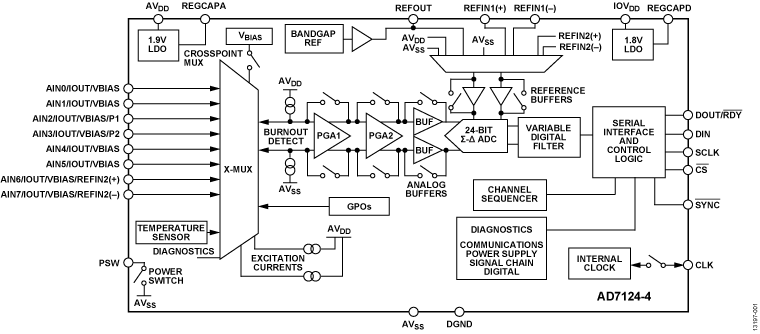
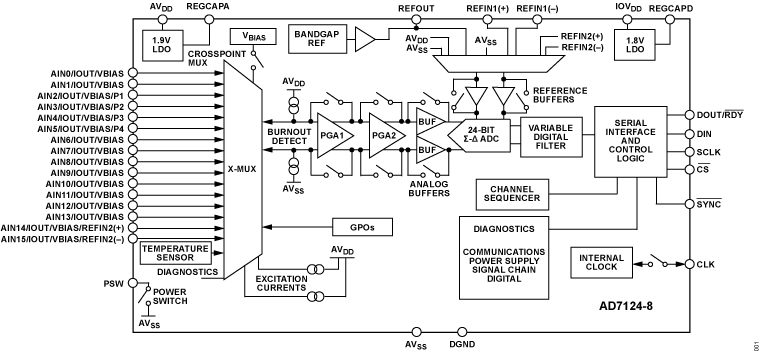
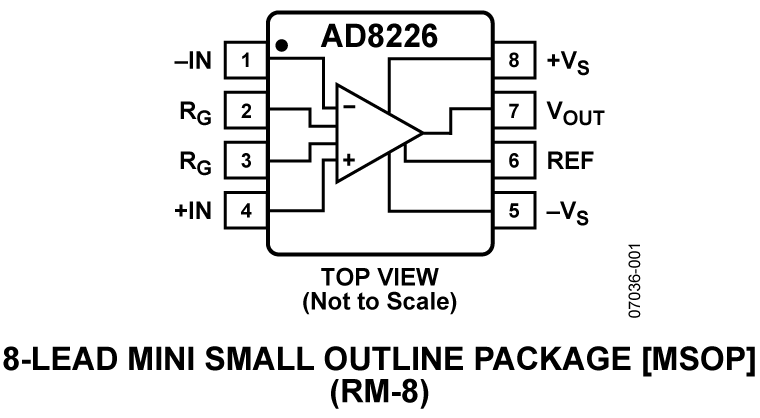
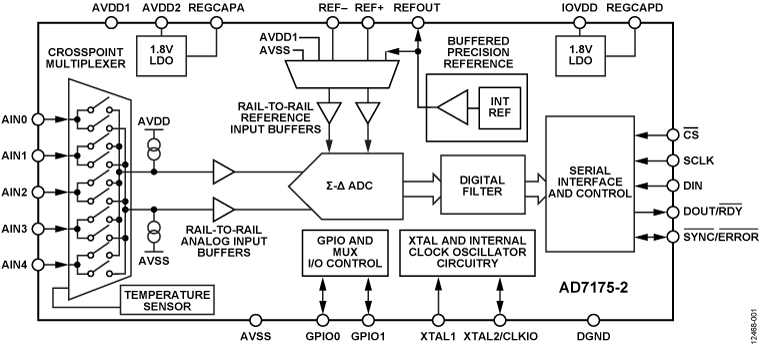
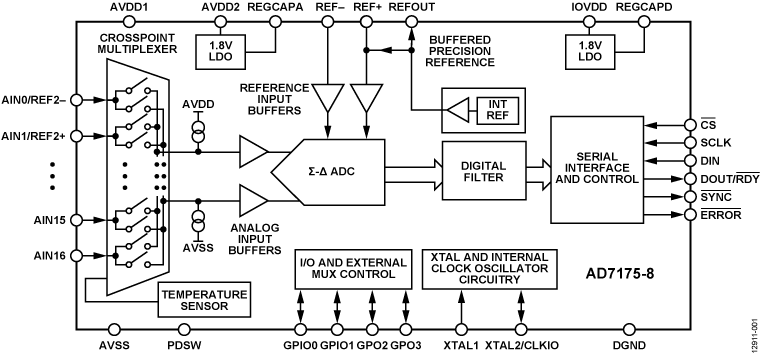
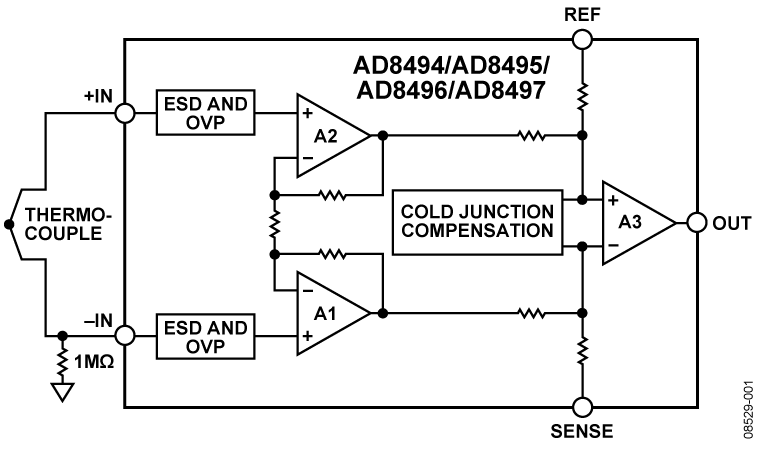



Reference Designs
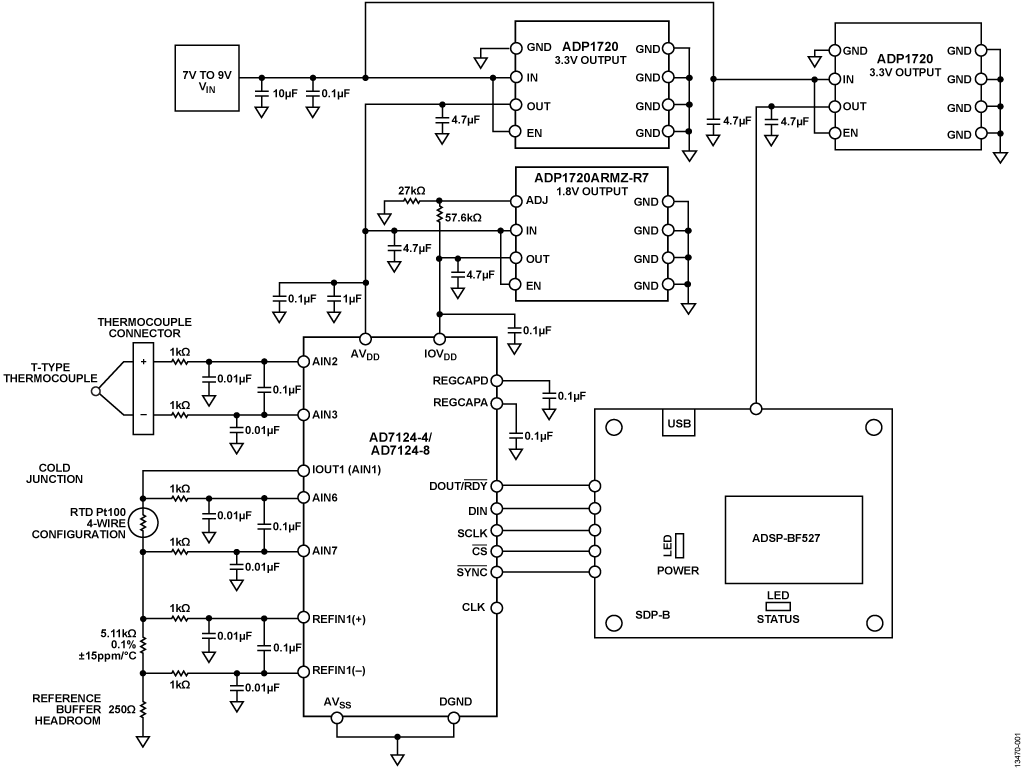
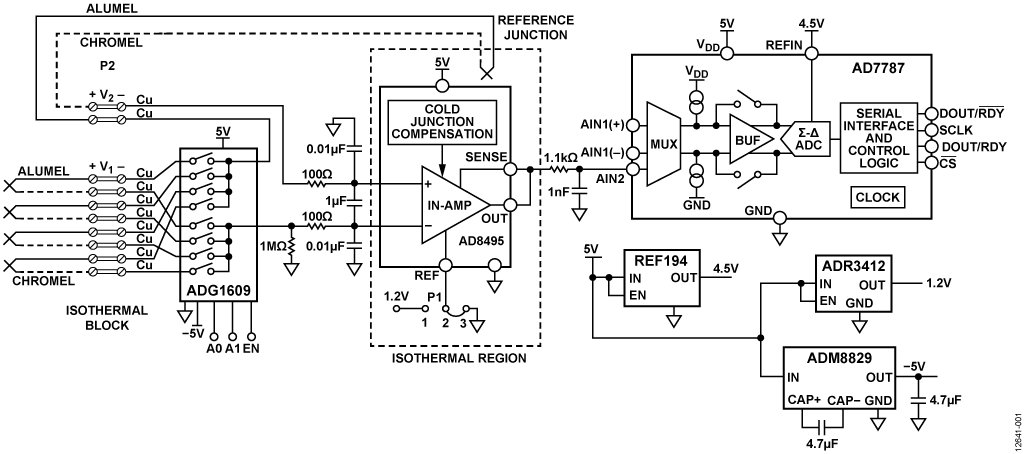
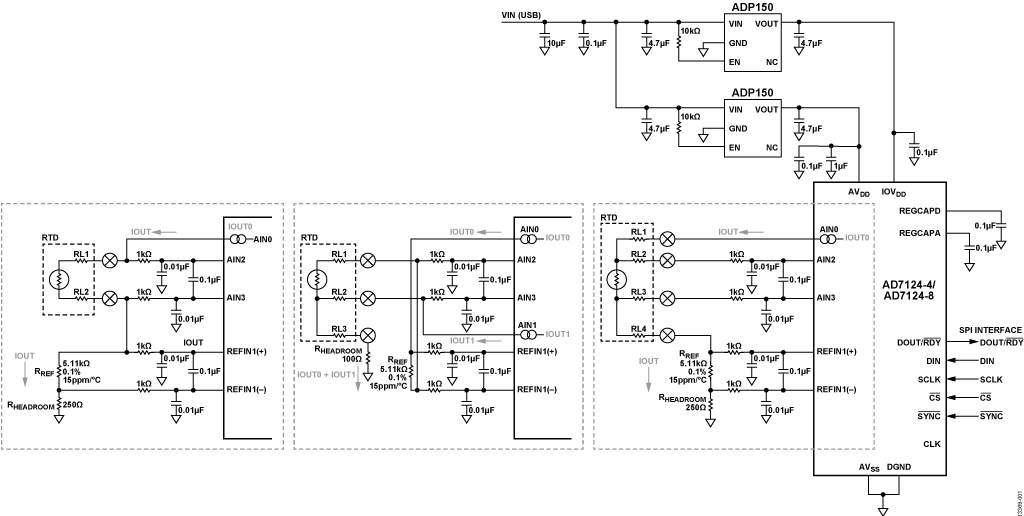
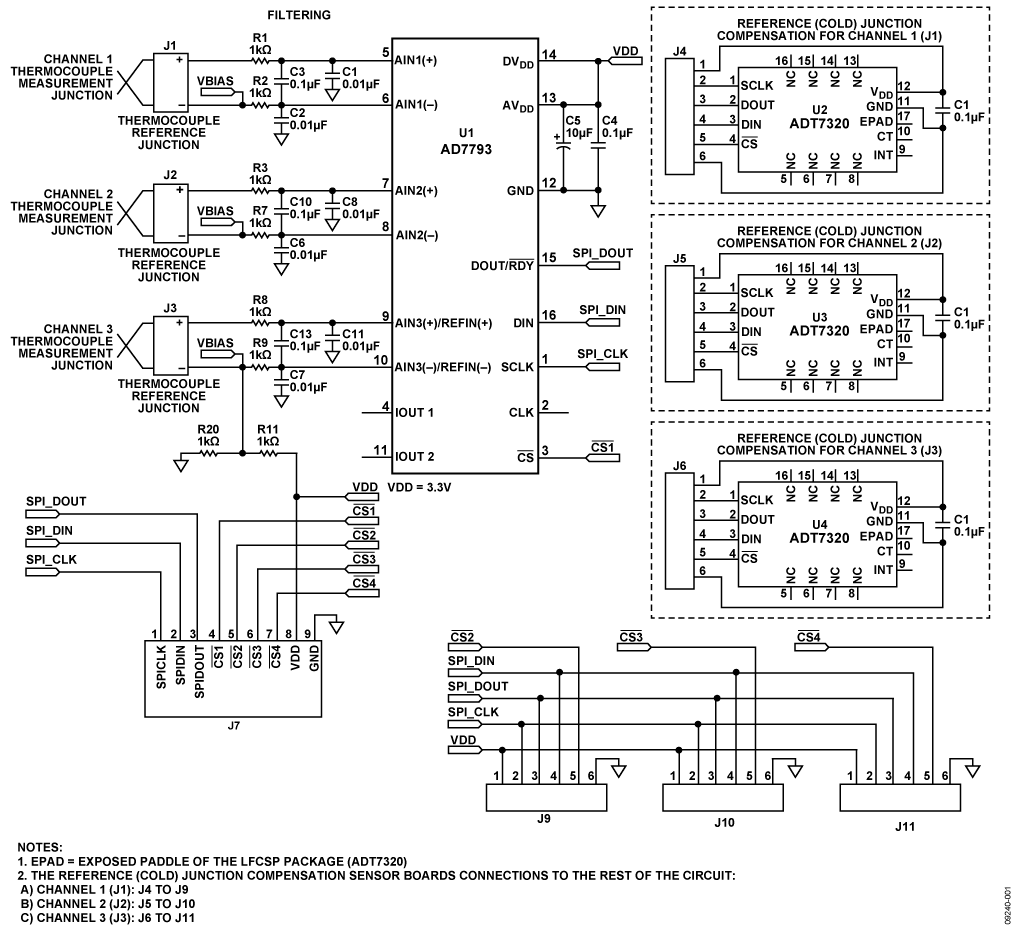
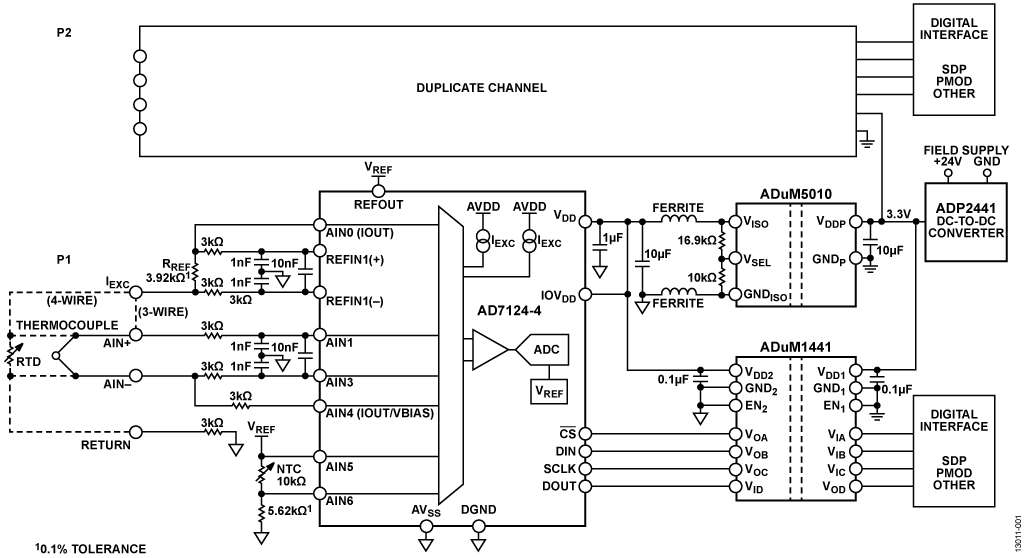
Key Resources
CN0172 Software Evaluation User Guide
MT-101 Tutorial: Decoupling Techniques
-
pdf
MT-101: Decoupling Techniques
954 kB
AN-892 Temperature Measurement Theory and Practical Techniques Application Note (Rev. 0)
Training and Support
Trainings and Tutorials
{{modalTitle}}
{{modalDescription}}
{{dropdownTitle}}
- {{defaultSelectedText}} {{#each projectNames}}
- {{name}} {{/each}} {{#if newProjectText}}
-
{{newProjectText}}
{{/if}}
{{newProjectTitle}}
{{projectNameErrorText}}

